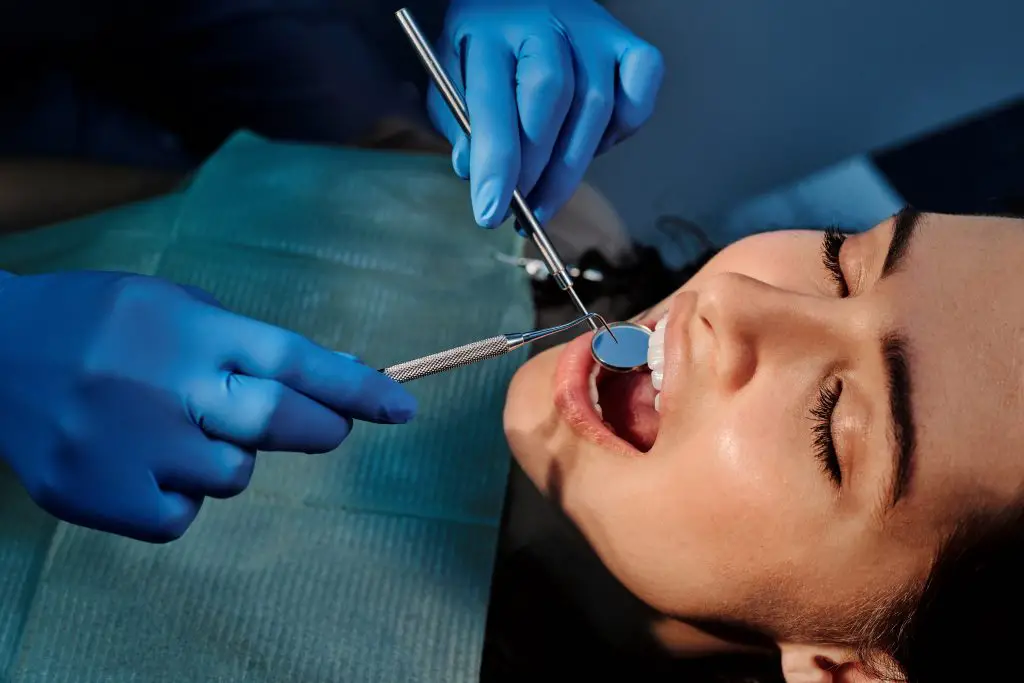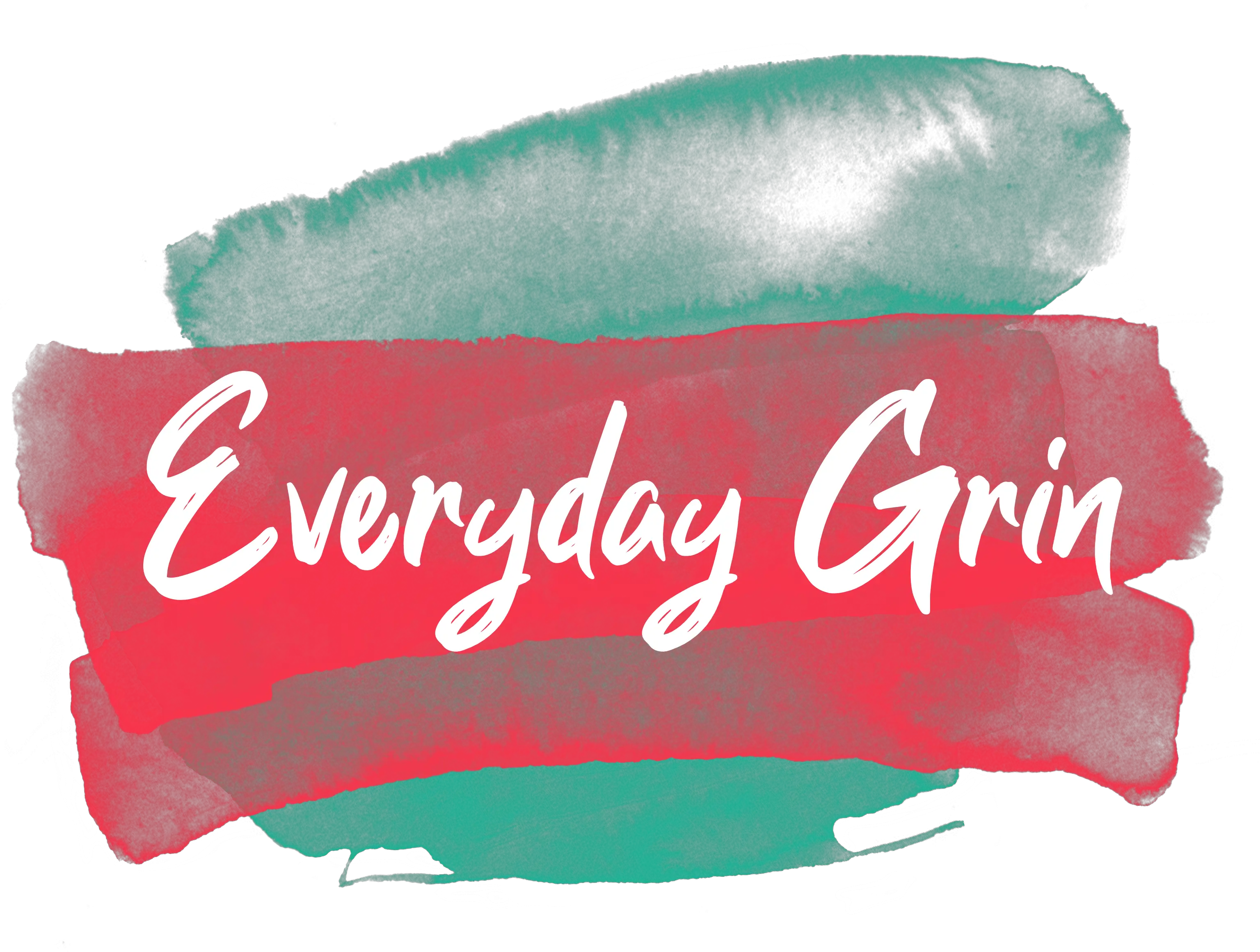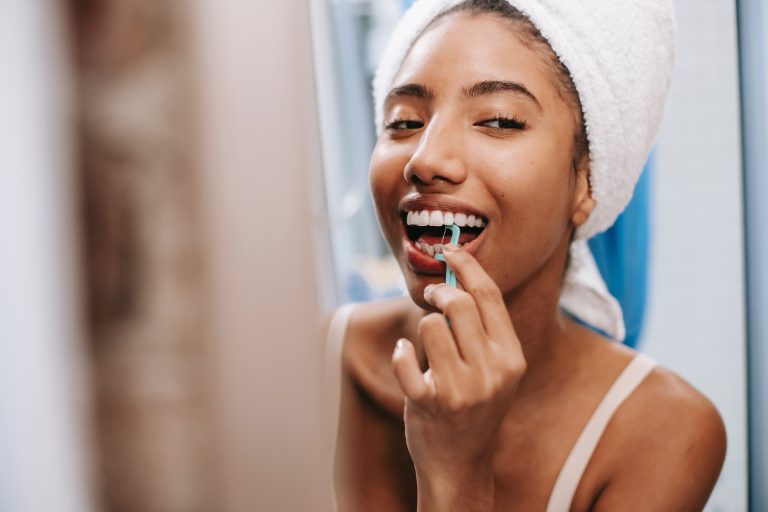If you’ve ever been to a dentist, then you know that flossing is a big deal. It’s one of the pillars of great oral health. Next to brushing your teeth and mouthwash, flossing is the best thing you can do for your mouth besides visiting the dentist.
But how long does it take before you see that it’s working?
Having a timeframe motivates people and gives them an objective to work towards. Additionally, knowing how long it will take usually helps them determine how healthy their gums are. It also gives them an idea of what they need to do to guarantee these results.
Well, we’ve answered that question for you so that you can know what to expect. So keep reading to learn how long before flossing makes a difference.
It Depends on Your Current Health
Your oral health plays a huge factor in how soon you see results. For example, if you haven’t been flossing for years and are now getting started, then there will be a significant amount of build-up around your teeth and gums.
If you compare it to someone who stopped flossing for a few days or weeks, it will take longer to clear that build-up. But, of course, this also multiplies based on other hygienic practices, like how frequently you brush your teeth or get a professional cleaning.
Since more build-up means there’s more plague and bacteria in your mouth, conditions like gingivitis would have progressed quite far. Repairing the damage done or repealing that progress will take some time.
So, if it’s your first time flossing in a long time, you’re going to start to see the difference in a couple of weeks to a month. If you’re starting again after a short break, you should see results in a week or two.
That’s great, but what should you be looking for?
Signs of Improvement
The best way to determine that flossing makes a difference is to know what to look for.
Being aware of the changes in your mouth shows you what you’re doing right and what you’re doing wrong. If you floss incorrectly for 90 days, there won’t be much room to celebrate.
Here are a few things to look out for so you can track the state of your oral health.
Are Your Gums bleeding?
Besides being accidentally cut, bleeding gums indicate poor oral health. For example, if you’re frequently bleeding when you brush or floss, you could have gingivitis. This could later develop into gum disease.
Flossing regularly and correctly breaks up the plaque that’s causing gingivitis. Once the bacteria and plaque can’t settle on your gum line, then you shouldn’t experience bleeding.
It takes about 5 – 7 days for bleeding to stop when you start to floss. So, don’t worry about bleeding when you just begin to floss. Just keep flossing gently.
The Color and Feel of Your Gums
Infected or Inflamed gums are usually red and tender. This is another sign of gingivitis or of poor oral health. This is also caused by plaque and bacteria build-up that affects the gums.
After flossing for 2 – 3 weeks, the gingiva should be gone or displaced enough to allow your gums to heal. Once they have healed, your gums should be a healthy pink color and firm to the touch.
These two signs will let you know that you’ve made enough progress to start seeing the difference flossing can have on your oral hygiene.
But what can you do to speed things up?
How to See Results Faster

How quickly you see results depends heavily on your flossing routine. Flossing properly and correctly removes more plaque and bacteria from your teeth. But, more importantly, it doesn’t reintroduce those contaminants to your freshly cleaned teeth.
Follow a Good Flossing Routine
Establishing a good flossing routine is the easiest way to remove more grime and see results faster. It all starts with flossing at least once per day. This can be either in the morning or the evening, but what comes next is critical.
Floss before you brush.
Most people like to brush their teeth first and floss after, but you shouldn’t. You’re doing more harm than good. It’s almost as if you never flossed at all.
After you’ve gotten food and bacteria from between your teeth, some might be displaced on your gums. Brushing your teeth after flossing will eliminate any leftovers that may be lingering along your gum line.
You should also ensure that you never reuse floss. That doesn’t just mean the entire string, but also sections of that string.
You should use a different, clean section of the string every time you run the floss through. This prevents bacteria and plaque from being reintroduced. The more bacteria gets reintroduced, the longer it will take for you to see results.
Ensure that you’re using good-quality floss. If the floss you often have snags or breaks, you need to find a better one. This usually happens when teeth are close together, and the space between them is tight.
Keep shopping around until you find one that works for you. You should be able to buy specially designed floss for such a situation.
Conclusion
Besides brushing your teeth, flossing is one of the best ways to maintain good oral health. Since it’s designed to get into the spaces your brush can’t, it can remove food, bacteria, and plaque that could give you gingivitis.
You can spot telltale signs of gingivitis if you do a thorough self-exam. For example, your gums will be red, tender, and inflamed, they will bleed during brushing and flossing, and your gum lines will recede.
Seeing the results from flossing can take anywhere from a couple of weeks to months, depending on your previous oral health habits. Once you begin to floss, bleeding should stop in 5 – 7 days. After that, the color and feel of your gums should change in about two weeks.
You will have healthy pink firm gums free of plaque and bacteria. Getting into a consistent routine can be hard, but it is worth it.

